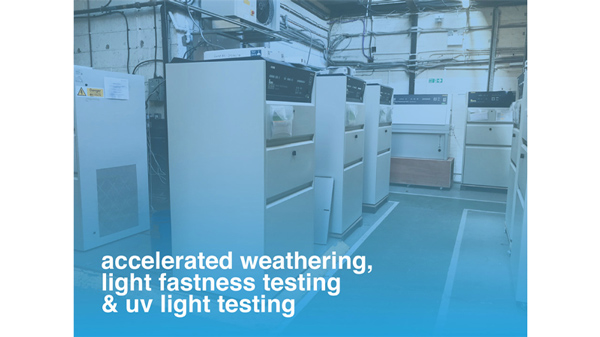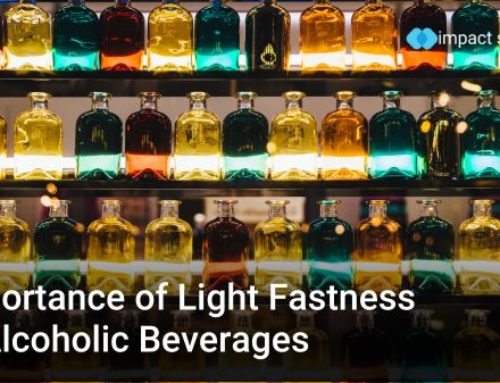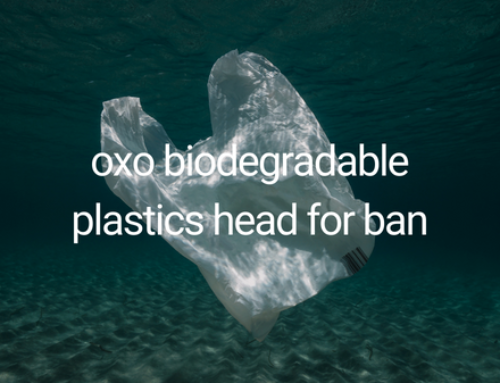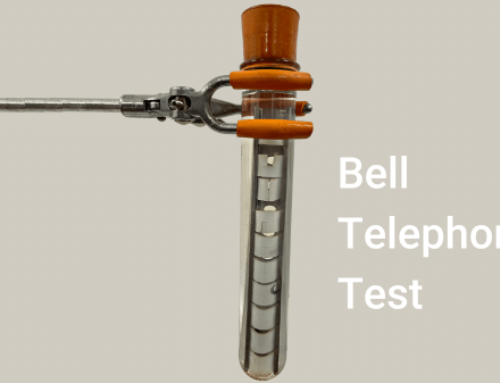Accelerated Weathering Testing to ISO 16474 – Paints and varnishes — Methods of exposure to laboratory light sources
Paints and varnish coatings are used on materials and products, indoors and outdoors, where they are will be exposed to the sun rays. This is why it is important to explore the effects which sun and other accompanying weathering elements can have on such coatings in order to determine it’s performance against weathering. Stresses such as solar radiation, heat, and moisture can affect the physical appearance and chemical properties of coatings. ISO 16474 is an accelerated weathering standard used for exposing paints and varnishes to artificial light sources within a laboratory setting.
Testing to this standard allows for the exposure of solar radiance within a controlled laboratory environment, where samples undergo a programme specifically designed to accelerate the weathering process. The samples are exposed to conditions similar to what the product or material is expected to face in real life service. The durability of materials in actual use may differ to the results from artificial weathering due to the variability in solar radiation, time of moisture and the material is wet, temperature etc. Therefore it is important to point out that the results are only useful as an indication of the performance of a material in such environments.
ISO 16474 Methods
ISO 16474 consists of the following parts, under the general title Paints and varnishes — Methods of exposure to laboratory light sources:
- ISO 16474— Part 1: General guidance
- ISO 16474— Part 2: Xenon-arc lamps
- ISO 16474— Part 3: Fluorescent UV lamps
- ISO 16474 — Part 4: Open-flame carbon-arc lamps
This first edition of ISO 16474-1, together with ISO 16474-2, cancels and replaces ISO 11341:2004, which has been technically revised.
This first edition of ISO 16474-1, together with ISO 16474-3, cancels and replaces ISO 11507:2007, which has been technically revised.
ISO 16474 — Part 2: Xenon-arc lamps
The devices required should be equipped with facilities to produce an exposure of irradiance, temperature, humidity, and wetness. Impact Laboratory uses Q-Sun Xenon Arc test chambers. ISO 16474-2 specifies methods to expose paints and varnished specimens to xenon arc light in the presence of moisture to reproduce the effects that can occur in real life daylight environments or to daylight being filtered through a glass window. Xenon arc lamps and filters, combined with temperature, humidity, and spraying, may be used to meet the testing requirements of the specific material. The exposure conditions are varied due to the use and timings of irradiance, filters, humidity, the temperature during light periods. It is recommended to use a control specimen simultaneously in order to compare results.
ISO 16474 — Part 3: Fluorescent UV lamps
ISO 16474 – 3 exposes coatings to fluorescent UV lamps, exposing test samples to various levels of UV radiation, heat, and moisture under controlled laboratory environments. Conditions within the testing may vary due to the selection of the type of fluorescent lamp (spectral power distribution) used, the irradiance level, the temperature during the UV exposure etc. Wetting is usually produced by condensation of water vapour onto the exposed specimen surface or by spraying the test specimens with demineralised/deionised water.
ISO 16474 — Part 4: Open-flame carbon-arc lamps
ISO 16474 – 4 specifies methods for exposing specimens to open-flame carbon arc lamps in the presence of moisture. Material samples being tested are exposed to glass-filtered open-flame carbon-arc light, to heat, to relative humidity and to water under laboratory conditions. The conditions may be varied by selection of the light filter, the temperature during light exposure, the water temperature and wetting cycle etc.
Open-flame carbon-arc light sources typically use one, three or four pairs of carbon rods which contain a mixture of rare-earth metal salts and have a surface coating of a metal such as copper. An electric current is passed between the carbon rods which burn, giving off ultraviolet, visible and infrared radiation. The pairs of carbon rods are burned in sequence, with one pair burning at any one time. The radiation reaching the specimens passes through glass filters. Three types of glass filter are used in practice.
Impact Solutions has a growing UKAS accredited accelerated weathering laboratory which can test multiple product and materials from a range of industries. For more information, contact a member of our team today! Be sure to also follow us on Facebook, LinkedIn and Twitter.





